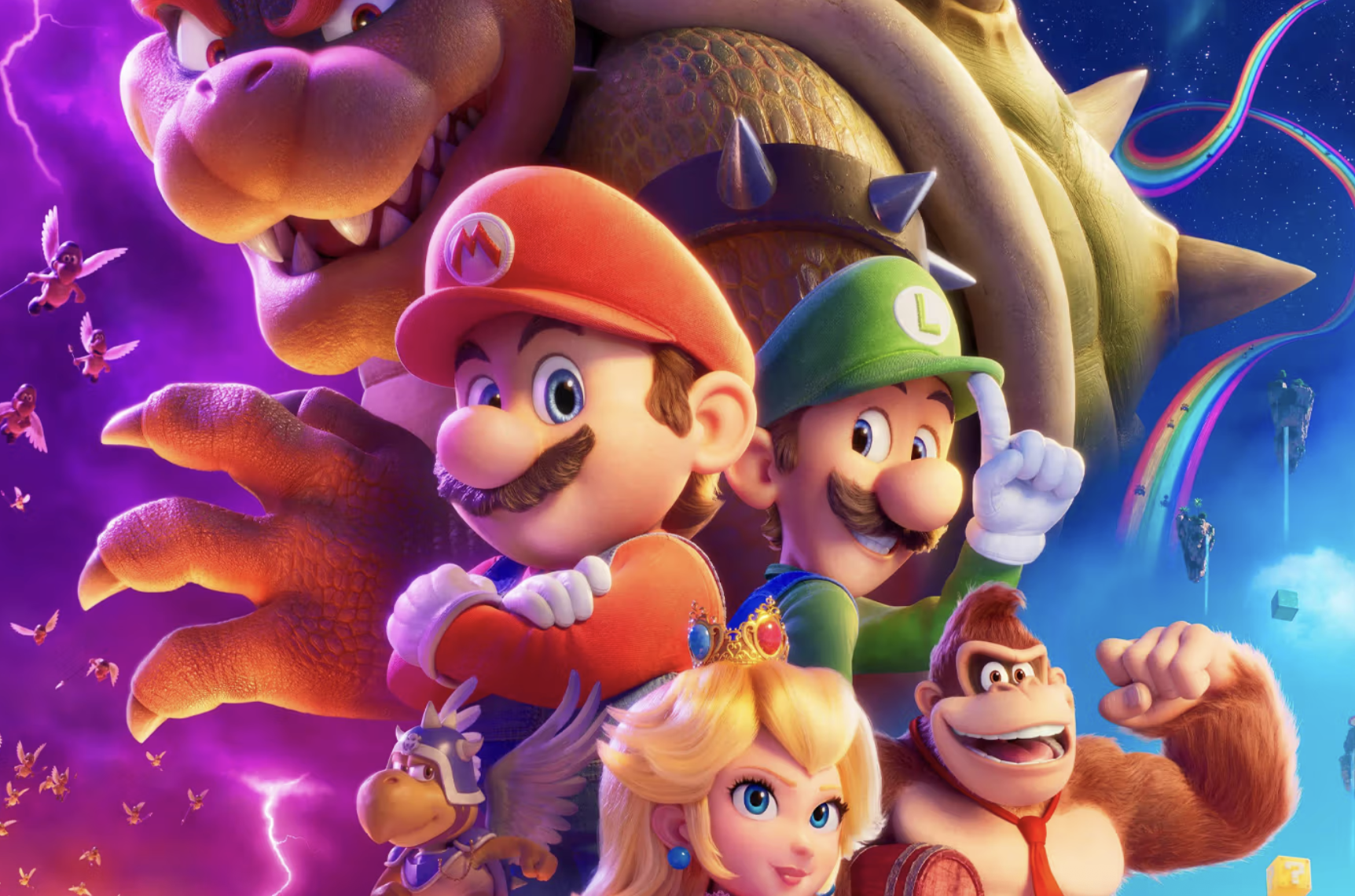Nintendo is no longer just a gaming company. With the success of The Super Mario Bros. Movie and the upcoming Legend of Zelda adaptation, the Japanese gaming giant is signalling a new era - one where its beloved IPs are not only playable, but watchable. Brand professionals should take note: this is more than a franchise cash-in, it’s a strategic shift in how iconic IPs are leveraged across entertainment platforms.
📊 The Stats Behind the Strategy
The Super Mario Bros. Movie grossed over $1.3 billion USD globally, making it the second highest-grossing animated film of all time (Box Office Mojo, 2024).
84% of Gen Z say they prefer brands that bring stories to life across multiple formats - games, series, and movies (WARC, 2024).
Nintendo’s IP expansion aligns with its strategy to “expand the number of people who have access to Nintendo IP”, according to President Shuntaro Furukawa.
This isn’t just smart marketing. It’s cross-generational world-building.
✅ Pros – What’s Working?
Brand Longevity: Bringing legacy titles like Zelda to new media introduces them to younger audiences who might not own consoles.
Creative Control: Nintendo’s hands-on production approach protects brand integrity and storytelling quality.
Cultural Relevance: Film and TV adaptations keep franchises top-of-mind in a saturated entertainment landscape.
⚠️ Cons – What Are the Limitations?
Creative Risk: Adapting beloved games carries high expectations. Any misstep (e.g. casting, tone) could alienate core fans.
Resource Diversion: Investments in media production may risk focus on game innovation if not tightly managed.
Platform Saturation: Not all IPs translate well to film or TV. The risk of overexposure is real.
🌟 Opportunities – Where Should Brands Pay Attention?
Transmedia World-Building: Nintendo’s strategy mirrors what Marvel and Pokémon mastered - creating interconnected ecosystems across media.
Merchandising & Licensing: Films open up new layers of monetisation through toys, apparel, and collabs.
Brand Partnerships: New IP adaptations mean more opportunity for co-branded campaigns (e.g. fast food, fashion, streaming platforms).
🧱 Challenges – What Stands in the Way?
IP Sensitivity: Nintendo fans are notoriously protective. Even high-quality adaptations must meet intense scrutiny.
Global Consistency: Ensuring localisation, cultural relevance, and character authenticity across regions is complex.
Distribution Dependence: Nintendo will likely rely on Hollywood’s gatekeepers - balancing control with accessibility is crucial.
🔑 Key Takeouts
Nintendo is transitioning from a games-first company to a broader entertainment IP powerhouse.
Visual media allows iconic franchises to evolve and reach new demographics.
Maintaining quality, authenticity, and cultural alignment is critical for long-term success.
This is part of a larger trend: brands becoming media ecosystems.
📍Next Steps for Brand Marketers
Study the Playbook: Analyse how Nintendo maintains creative control and authenticity in adaptations.
Think Ecosystem, Not Channel: Look beyond platform silos - how can your brand exist across experiences, not just campaigns?
Collaborate with IP Owners: Partnerships with legacy or fandom-rich brands can offer long-term cultural relevance.
Anticipate the Next Wave: If Metroid or Donkey Kong are next, expect a new slate of cross-media collabs and licensing openings.
Nintendo is building the blueprint for a future where IP is platform-agnostic and brand storytelling lives wherever audiences are watching, not just playing.
